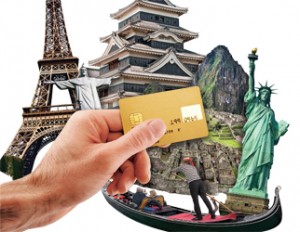Make every dollar count abroad
Don't ignore exchange rates and foreign transaction fees when travelling abroad.
Advertisement
Don't ignore exchange rates and foreign transaction fees when travelling abroad.
 When travelling outside Canada, it pays to think about how you’ll access your money. Even on short excursions, foreign transaction fees and exchange rates can provide nasty surprises on your bank statements. But for those travelling regularly, particularly snowbirds spending months outside our borders, such surcharges can easily amount to hundreds of dollars. Thankfully, these expenses are sometimes avoidable or can at least be reduced provided you do a little pre-vacation homework, says Rewards Canada’s founder and CEO Patrick Sojka.
When travelling outside Canada, it pays to think about how you’ll access your money. Even on short excursions, foreign transaction fees and exchange rates can provide nasty surprises on your bank statements. But for those travelling regularly, particularly snowbirds spending months outside our borders, such surcharges can easily amount to hundreds of dollars. Thankfully, these expenses are sometimes avoidable or can at least be reduced provided you do a little pre-vacation homework, says Rewards Canada’s founder and CEO Patrick Sojka.
Share this article Share on Facebook Share on Twitter Share on Linkedin Share on Reddit Share on Email